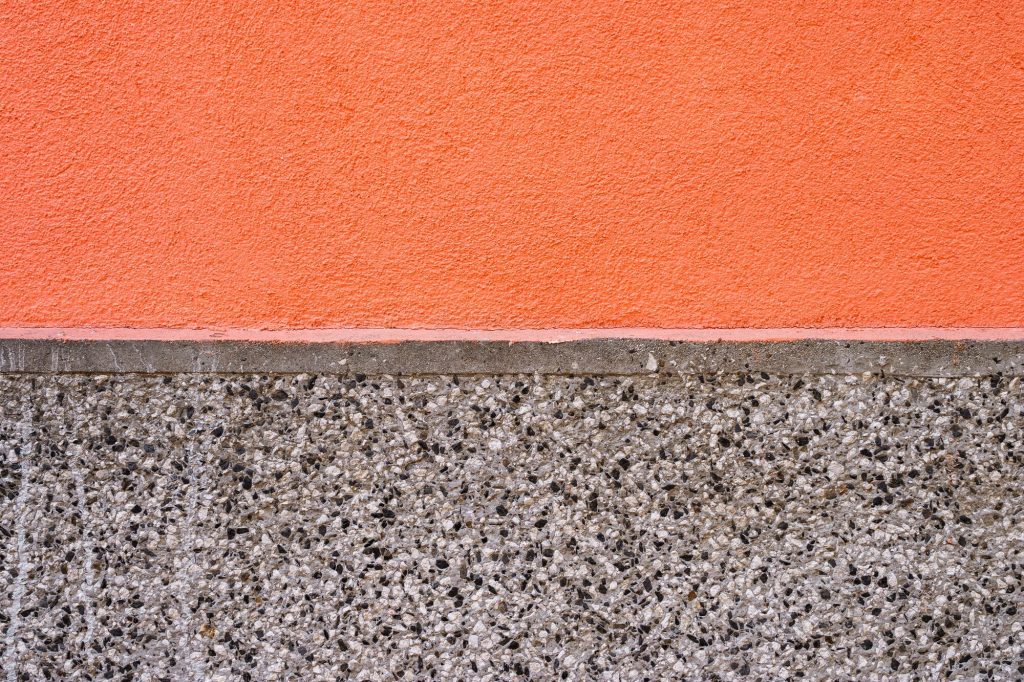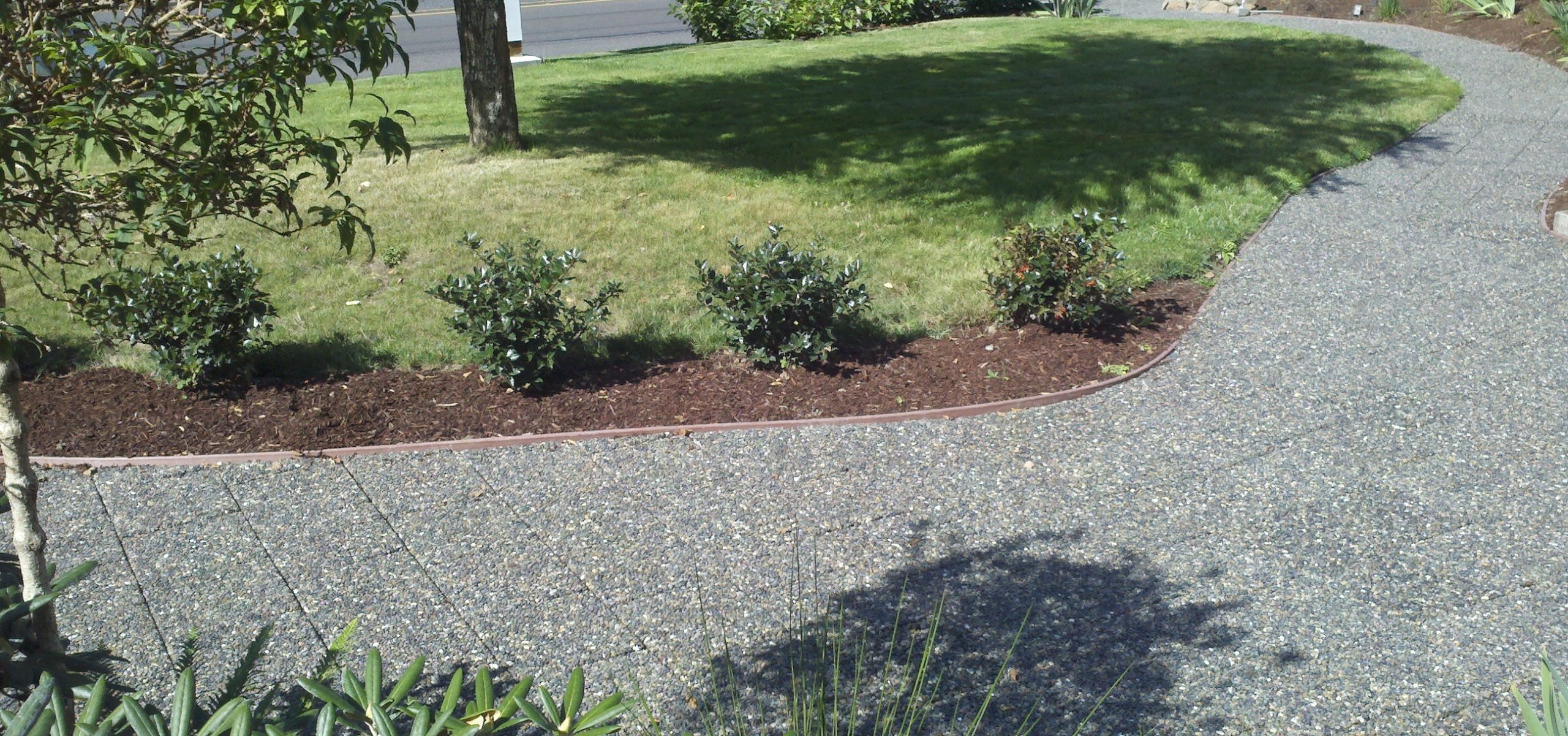In the quest for sustainable urban development, porous paving has emerged as a game-changer. It’s a solution that marries functionality with environmental responsibility.
Porous paving, also known as permeable paving, allows water to seep through its surface. This unique feature reduces runoff, a common issue with traditional non-permeable surfaces.
But why should you consider porous paving? The reasons are manifold and extend beyond its eco-friendly nature.
This article delves into the top reasons to choose porous paving. We’ll explore its environmental benefits, its role in stormwater management, and its relevance in Brisbane’s subtropical climate.
Whether you’re a homeowner, a commercial property owner, or an urban planner, this guide will provide valuable insights. It’s time to rethink our paving solutions for a sustainable future.

What is Porous Paving?
Porous paving is a type of surface that allows water to pass through it. Unlike traditional paving materials like concrete or asphalt, porous paving is designed with tiny gaps or “pores”.
These pores enable rainwater to seep into the ground beneath, rather than pooling on the surface or running off. This unique characteristic makes porous paving an effective tool for stormwater management, reducing the risk of flooding and contributing to groundwater recharge.
The Environmental Benefits of Porous Paving
Porous paving offers several environmental benefits. It’s a sustainable choice for urban and suburban areas, where traditional paving can contribute to water pollution and flooding.
The permeable nature of porous paving helps manage stormwater effectively. It allows rainwater to infiltrate the ground, reducing surface runoff that can lead to erosion and flooding.
Moreover, porous paving supports groundwater recharge. This process replenishes local aquifers, a critical aspect of water conservation.
Additionally, porous paving can improve water quality. As water seeps through the pavement and into the ground, pollutants are naturally filtered out.
Lastly, porous paving can reduce the urban heat island effect. By allowing moisture to evaporate, these surfaces can help lower temperatures in urban areas.
Reducing Urban Runoff and Flooding
Urban runoff is a significant issue in many cities. It occurs when rainwater can’t infiltrate the ground and instead flows over surfaces, picking up pollutants along the way.
Porous paving can help mitigate this problem. By allowing water to permeate through the surface, it reduces the volume of runoff and decreases the risk of flooding.
Groundwater Recharge and Water Conservation
Groundwater recharge is another crucial benefit of porous paving. When rainwater is allowed to infiltrate the ground, it replenishes the water table, contributing to water conservation.
This is particularly important in areas where water resources are scarce or under pressure from population growth and climate change.
Pollution Control and Improved Water Quality
Porous paving can also contribute to improved water quality. As rainwater percolates through the porous surface, it is naturally filtered.
This process can remove pollutants such as oils, heavy metals, and sediments, preventing them from entering waterways and harming aquatic life.
Porous Paving in Brisbane: A Case for Sustainability
In Brisbane, porous paving is particularly relevant. The city’s subtropical climate, characterized by heavy rainfall events, makes stormwater management a critical issue.
Porous paving offers a practical solution. It can help manage the high volumes of rainwater, reducing the risk of flooding and water damage.
Addressing Brisbane’s Climate Challenges
Brisbane’s climate poses unique challenges for urban development. The city experiences heavy rainfall, particularly during the summer months.
Porous paving can help address these challenges. By allowing rainwater to infiltrate the ground, it can reduce surface runoff and mitigate flooding risks.
Success Stories: Porous Paving Projects in Brisbane
Several successful porous paving projects in Brisbane demonstrate its effectiveness. For instance, a local school replaced traditional asphalt with porous paving in their parking lot.
The result was a significant reduction in surface runoff. The school also reported improved water quality in nearby waterways.
Another example is a residential community in Brisbane. They used porous paving for their driveways and walkways, contributing to the neighborhood’s overall sustainability efforts.
Types of Porous Paving Materials
There are several types of porous paving materials available. The choice depends on the specific needs and aesthetic preferences of the property owner.
Common materials include porous concrete, pervious asphalt, and plastic grids. Each has its unique characteristics and benefits.
Porous Asphalt and Concrete
Porous asphalt and concrete are popular choices. They are durable and can withstand heavy traffic when properly installed.
These materials also come in various designs and colors. This makes them a versatile option for different landscaping needs.
Plastic Grids and Other Alternatives
Plastic grids are another alternative. They are filled with gravel or grass, creating a permeable surface that is both functional and aesthetically pleasing.
Other alternatives include permeable pavers and open-celled blocks. These materials offer additional design options for property owners.
Installation and Maintenance of Porous Paving
The installation of porous paving requires professional expertise. It’s not just about laying the material on the ground.
The process involves site assessment, design, and careful installation to ensure optimal performance. The soil type and site conditions play a crucial role in the effectiveness of porous paving.
Regular maintenance is also essential to keep the pores from clogging and maintain the permeability of the surface.
The Importance of Professional Installation
Professional installation is key to the durability and longevity of porous paving. It ensures the right techniques are used and the material is properly laid.
Choosing the right contractor is crucial. They should have experience with porous paving and understand local regulations and compliance requirements.
Longevity and Maintenance Tips
Porous paving can last for many years with proper maintenance. This involves regular cleaning to prevent the pores from clogging.
It’s also important to monitor the surface for any signs of wear or damage. Prompt repair can prevent further deterioration and extend the life of the paving.
Cost-Benefit Analysis of Porous Paving
While the initial cost of porous paving may be higher than traditional paving, the long-term benefits outweigh the upfront investment. The savings come from reduced stormwater management costs and potential tax incentives or rebates.
Moreover, porous paving can increase property values and marketability. It’s an investment in the property’s future and a commitment to sustainable practices. The cost-benefit analysis of porous paving is therefore not just about the financial aspect, but also the environmental and societal benefits.
Conclusion: Why Porous Paving is the Future of Sustainable Landscaping
Porous paving is more than just a practical solution for stormwater management. It’s a proactive approach to sustainable urban planning and climate change adaptation. With its environmental benefits and cost-effectiveness, porous paving is becoming a preferred choice for homeowners, urban planners, and landscape architects.
In cities like Brisbane, where climate conditions demand innovative solutions, porous paving is not just a trend, but a necessity. It’s a testament to how we can balance urban development with environmental responsibility. Porous paving is indeed the future of sustainable landscaping.








Leave a Reply
You must be logged in to post a comment.